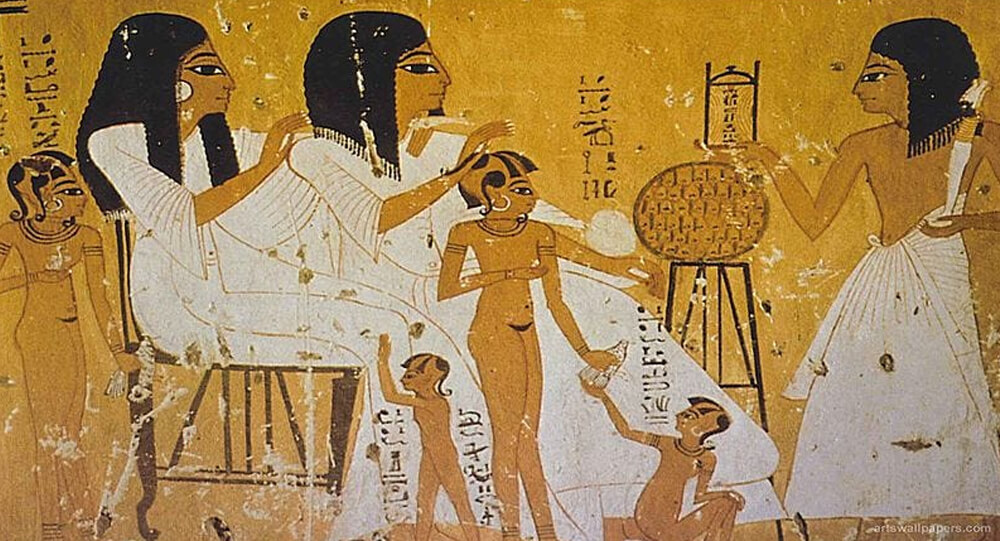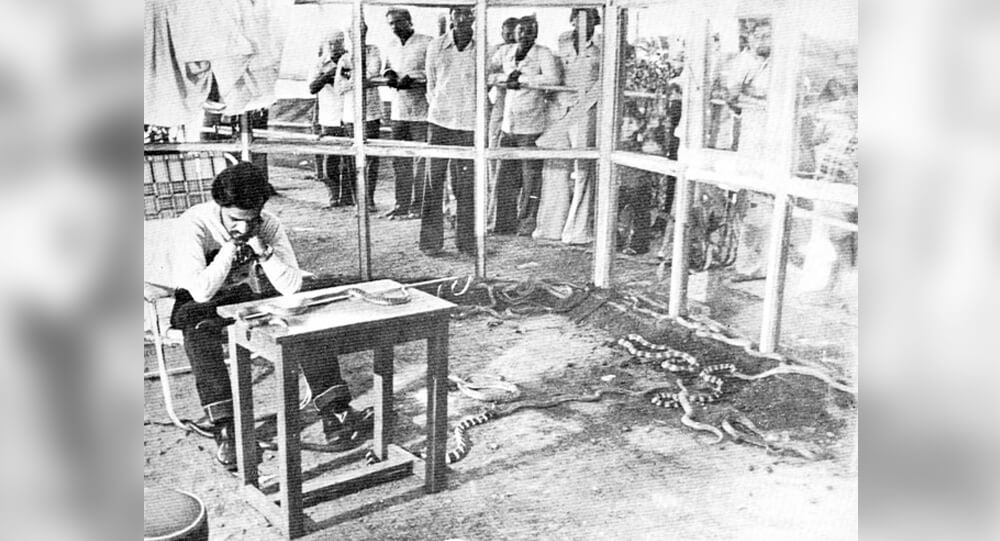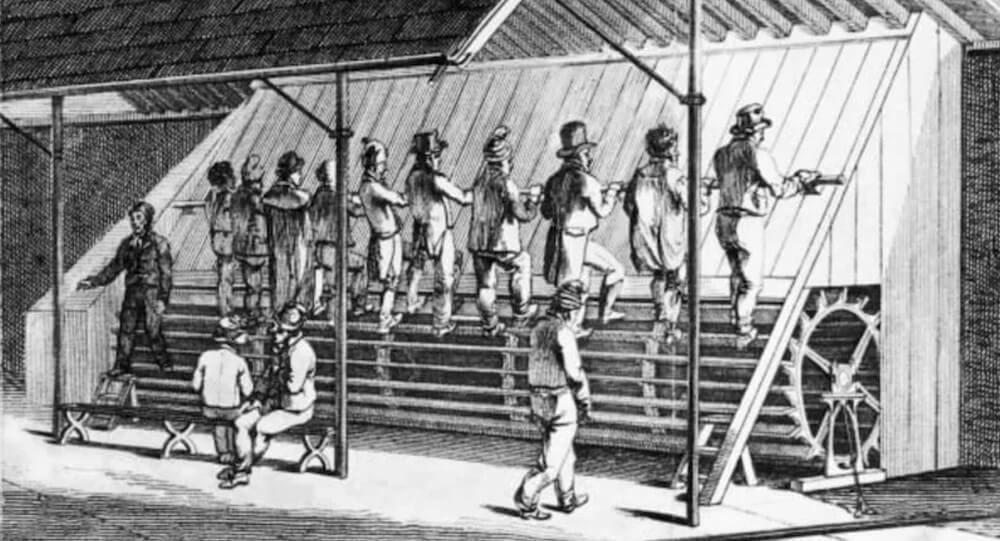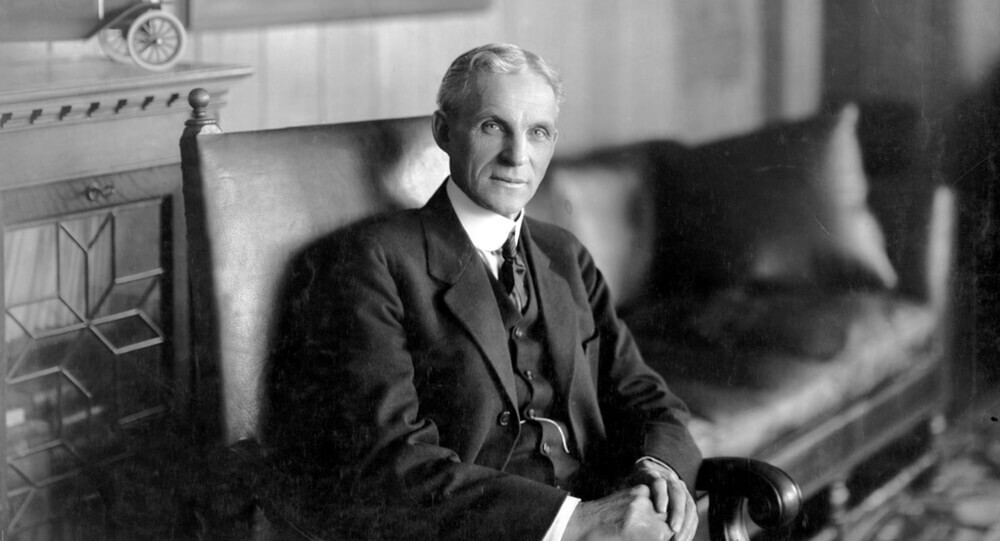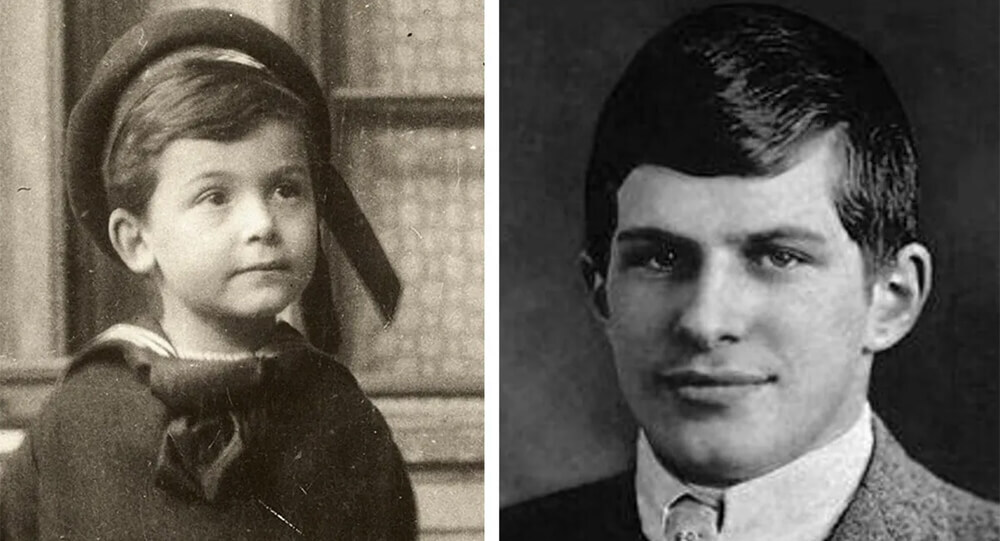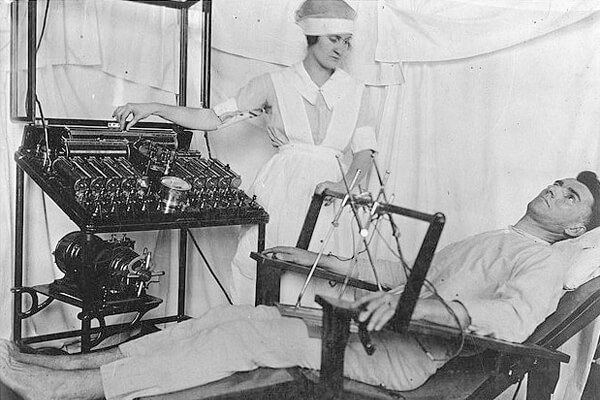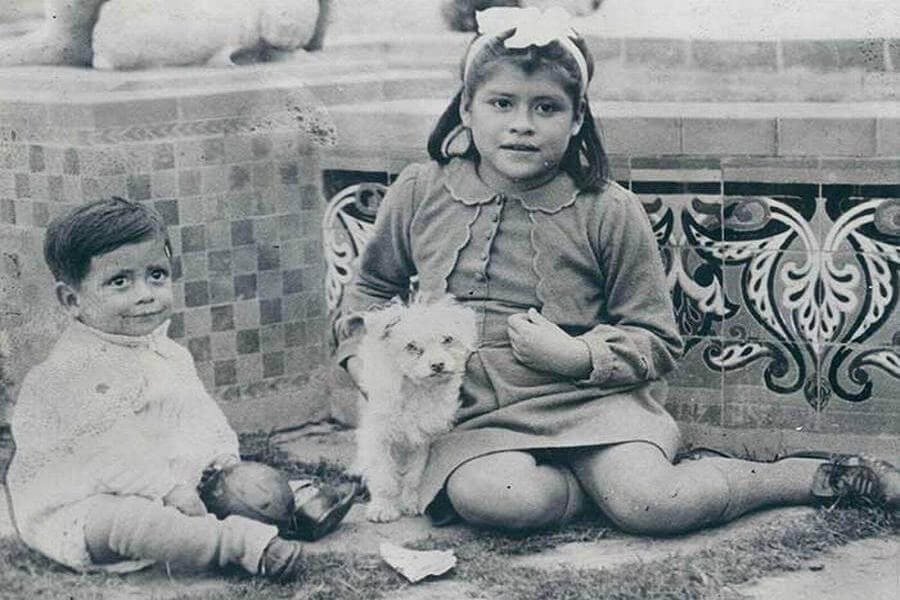Pregnancy tests are never enjoyable to need, and they are almost never utilized for anything other than worry. This issue dates all the way back to Ancient Egypt. We’ve experienced this issue forever. Pregnancy tests were not only available to and used by Ancient Egyptian women, but they were also more comprehensive than modern pregnancy tests in that they predicted the baby’s gender at birth and were very accurate for the time (70 percent, which is really not bad at all). Even though they employed the same technique as we do today—having the lady provide a urine sample—the Ancient Egyptians did. Over 3500 years ago, we discovered that urine samples were directly related to fertility, and we still use this information today.
So how did ancient Egyptian pregnancy tests work so well, and how did they also, to a certain extent, identify the baby’s given sex? The procedure involved peeing in bags of barley and emmer wheat, so it’s not exactly like they were peeing on sticks and getting answers for “yes” or “no.” If each bag sprouted any seedlings, the woman was definitely pregnant, according to their science, which was 70% correct, according to The National Institute of Health. They weren’t precisely relying on hormone-based outcomes, though.
Any sprout from either bag indicated pregnancy, but depending on which sprouted first, you could determine whether the baby would be a boy or a girl. At birth, the baby’s gender would be determined by whether the barley or the emmer wheat sprouted first. If the emmer wheat sprouted first, the baby would be a girl.

Because replication-based tests are more common today, historians tend to view the test as not being very accurate. Barley and emmer wheat aren’t exactly reliable indicators of a child’s gender. But that is with the biology of modern women. Our biology has altered, mutated, evolved, and complied as necessary throughout time. The barley vs. emmer wheat test is a good illustration. This test may have been significantly more accurate when it was regularly used because estrogen levels in ancient Egypt and among women in general were substantially higher.
If the society had persisted in its original enthusiasm, it is impossible to know what discoveries their science may or may not have made at that time, but even then, this was simply the best they had at the moment. After all, they did develop astrology.

According to one article that cited research by Sofie Schidt, Ph.D., “Many of the ideas in the medical texts from ancient Egypt appear again in later Greek and Roman texts… From here, they spread further to the medieval medical texts in the Middle East, and you can find traces all the way up to premodern medicine.”
There is currently no known reproducible association between these two, despite the fact that pregnant women release a wide variety of hormones throughout their pregnancies that would trigger early flowering in some plants.
One theory as to why this test was so tried and true in the papyrus that was read to unravel these puzzles is heightened estrogen levels in ancient Egyptian women.
The fact that infant mortality rates were quite high in Egypt as well as the rest of the world may not come as a surprise. They tried their best to keep the infant well-fed throughout infancy and breastfed their children, especially in such unsanitary surroundings, when infant immunity is decreased after weaning, according the University of Chicago.
One study described how “piss prophets” (which is their genuine name) would diagnose pregnancies based on pee, sometimes mixing it with wine to see if there was a reaction. This practice led to the popular notion that urine was directly related to fertility in the medieval ages. They would also soak a ribbon in a woman’s urine, burn it, make her smell it, and if she gagged, she was most definitely pregnant. Things got weird in the Middle Ages.

To put it another way, young Egyptian children under the age of five essentially had to run a gauntlet of survival until they turned five, or around that time. After that, they were supposed to live long lives of up to 33 years old, and 29 if they were female. In light of the fact that many ancient Egyptian cemeteries had a childhood mortality rate peak at “about age 4,” which is roughly around when ancient Egyptians started weaning (weakening their immune systems to get ready to consume solid food), “indirect evidence” comes from the University of Chicago.
It goes without saying that they did a lot of their thinking right, and the fact that there are so few ancient Egyptian texts that mention this just highlights how much more there is to learn about Ancient Egypt in general. This ancient Egyptian pregnancy test even made its way over to Greece and even modern and, to some extent, medieval medicine.
Furthermore, in terms of urban legends, it’s not like we are exempt from them in this case. Ours include beloved classics like the notion that a woman who consumes a lot of sweets, garlic, or has acne will give birth to a girl, as well as notions that a male will be born if she has a healthy glow and dilated pupils.

Graves holding hands over wall, A Catholic woman and her Protestant husband grave
A protestant man and a Catholic woman who weren't allowed from being buried together in a graveyard in 19th-century Holland turned their graves into a monument showing them holding hands across the wall separating them.

What exactly was the US's 'Ghost Army' during WWII?
During WW2, there was a special unit of men dubbed the ‘Ghost Army’. The unit was made of artists, creative and engineers and their job was to create deception about the enemy. From inflatable tanks to phony convoys to scripted conversations in bars intended to spread disinformation, they used all possible tricks to fool the enemy.

Charlie Brown and Franz Stigler incident: Enemy became friends
During WWII, a German pilot spotted an American pilot’s crippled plane in the sky. Tailing it, he noticed that gunner was dead, crew injured, and they posed no threat. Instead of destroying the plane, he led it to safety. 40 years later, the two pilots reunited.

Tunnels Dug by ancient giant sloths, A South American Megafauna
For years, scientists didn’t know what caused mysterious cave networks in South America. In 2010, they learned that the caves were actually tunnels dug by ancient giant sloths

The story of a man who spent 72 hours with 72 venomous snakes to prove they only bite when provoked
In the 1980s, an Indian man spent 72 hours in a glass cabin with 72 snakes, some of which were extremely venomous. His aim was to prove that snakes only attack when provoked. Remarkably, he was not bitten once in those 72 hours and even set a Guinness World Record in the process.

Medals of Friendship: The Enduring Olympic Story of 1936
At the 1936 Summer Olympics, two Japanese pole vaulters named Sueo Oe and Shuhei Nishida tied for second, but they declined to compete against each other. As a result, Nishida was awarded the silver medal and Oe won a bronze medal. Upon returning to Japan, the athletes had their medals cut in half and spliced together to create new "friendship medals," which were half silver and half bronze.

Ancient Jericho: The First Walled City In History
The ancient city of Jericho is the world's oldest walled city, with evidence of stone fortifications dating back nearly 9000 years.

The Tragic Story Of Mary Ann Bevan, The ‘Ugliest Woman In The World’
After the death of her husband, Mary Ann Bevan had no income to support herself and her children. She then decided to enter a contest where she won the title of “ugliest woman” and was later hired by a circus. She endured this ridicule from the world to provide for her family.

History of Treadmill, punishment for prisoners
Treadmills were originally a punishment used to harness human power on a giant wheel used to grind grains, hence the name "treadmill." The History of Treadmill

Henry Ford, The man popularizing the concept of the weekend off
Henry Ford was the first Industrial Giant to give his employees both Saturday and Sunday off in the hope of encouraging more leisurely use of automobiles and thus popularizing the concept of the "weekend."

William James Sidis: The smartest person yet forgotten by people
William James Sidis, who was only 11 years old when he enrolled in Hardvard, finished his primary and secondary schooling in less than a year. He knew eight foreign languages by the age of eight and even invented his own language, "vedergood."

Saudi Arabia camel carvings dated to prehistoric era
Archaeologists were shocked to discover that a series of camels carved into desert rock faces in north-western Saudi Arabia are actually prehistoric, dating from 7,000-8,000 years ago - before either the Pyramids of Giza or Stonehenge were built.

Top 10 most cruel medical procedures that are being used today
We are all aware that medicine has advanced dramatically over the last fifty years. There are several modern medical approaches available today, but this was not always the case. However, the past of medicine is a dark one. Medical leeches, lobotomy, vascular surgery, cranial stenosis, and even electroshock therapy are all options. These are only a couple of the cruel healing techniques that are still in use today.

15 interesting facts about Queen Elizabeth II
Queen Elizabeth II, who ruled Britain for 70 years, has away at the age of 96. She was the country's longest-reigning monarch. Here are some little-known facts about her.

The worst blizzard in recorded history: the 1972 Iran blizzard
The deadliest snowstorm ever recorded occurred in Iran in 1972. It lasted for a week, burying areas in 26 feet of snow and killing over 4,000 people, including the entire populations of three villages.

The Assassination Of King Alexander
The assassination of King Alexander of Yugoslavia marked a pivotal moment in the country's history. This article delves into the rise and reign of King Alexander, exploring his early life and ascension to the throne. It also examines the political and social climate in interwar Yugoslavia, setting the stage for the tensions and challenges that ultimately culminated in his tragic assassination. By understanding the context in which this event unfolded, we can better grasp the significance and impact it had on the nation and its future.

Archaeologists Uncover 2,000-Year-Old Amazonian Cities Using Lidar Technology
Deep in the Ecuadorian Amazon, archaeologists have uncovered an ancient network of urban settlements once inhabited by the Upano people about 2,000 years ago. Using cutting-edge lidar technology, these discoveries reveal a highly organized society featuring sophisticated agricultural systems, drainage canals, and extensive road networks. This transformative find challenges long-held assumptions about ancient Amazonian societies and sheds light on a complex civilization thriving in one of the world’s most biodiverse regions.

The unbroken seal on King Tutankhamun's tomb until 1922
The unbroken seal of Tutankhamun's tomb before it was opened in 1923, it was unbroken for over 3000 years.

June and Jennifer Gibbons The silent twin who Only Spoke to Each Other
Identical twins June and Jennifer Gibbons were born on 11 April 1963 at a military hospital in Aden, Yemen where their father worked as part of the Royal Air Force.

Atomic Tourism: In the 1950s, nuclear tests in Las Vegas served as a draw for tourists
Between 1950 and 1960, Las Vegas offered “Atomic Tourism” in which guests could watch atomic bombs being tested in the desert as a form of entertainment.

story of the youngest mother in the world at age of five - Lina Medina
Lina Medina, a five-year-old Peruvian girl, became the youngest mother in history in 1939 when she gave birth to a boy.

Philippines, the largest supplier of Nurses in the World
Philippines is the world’s largest supplier of nurses, supplying roughly 25% of all overseas nurses worldwide.

Iranian inmate dies from happiness after finding out he will not be executed
An Iranian man who was convicted of murder reportedly died from happiness after learning that his death sentence was being commuted.

Why This Belgian Bar Makes You Trade Your Shoe for a Beer
To prevent tourists from stealing their beer glasses, some bars in Belgium require people to hand over one of their shoes as a deposit which is then put in a basket and hung from the ceiling. These shoe baskets have also become an attraction.

The 1976 April Fools' Pranks, Planetary Alignment
On April fool's Day, 1976, the BBC convinced many listeners that a special alignment of the planets would temporarily decrease gravity on Earth. Phone lines were flooded with callers who claimed they felt the effects.
